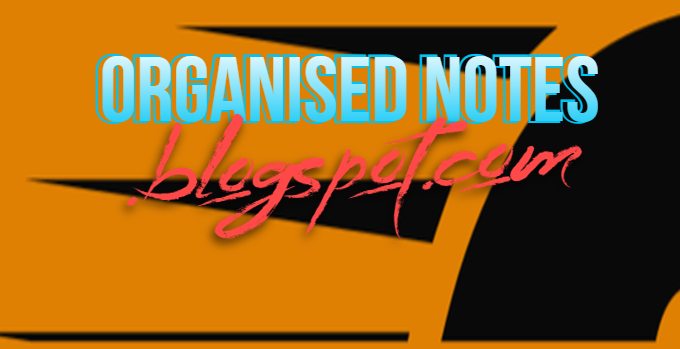Question: 100% NCERT covered from Particular Keyword.Explanations are 100% from NCERT | [Difficult level: Easy] From NCERT NEET Derived Question.
Glucagon is secreted by
(a) b (beta) cells of islets of langerhans
(b) a (alpha) cells of islets of langerhans
(c) b cells of pancreas
(d) Adrenal cortex
Ans:(b) a (alpha) cells of islets of langerhans
Glucagon
👉The pancreas is a compound (both exocrine and endocrine) elongated
organ situated between the limbs of the ‘C’ shaped duodenum. The
exocrine portion secretes an alkaline pancreatic juice containing enzymes
and the endocrine portion secretes hormones, insulin and glucagon.
👉Pancreas
Pancreas is a composite gland which acts as both exocrine
and endocrine gland. The endocrine pancreas consists of ‘Islets of
Langerhans’. There are about 1 to 2 million Islets of Langerhans in a
normal human pancreas representing only 1 to 2 per cent of the pancreatic
tissue. The two main types of cells in the Islet of Langerhans are called
a-cells and b-cells. The a-cells secrete a hormone called glucagon, while
the b-cells secrete insulin.
Glucagon is a peptide hormone, and plays an important role in
maintaining the normal blood glucose levels. Glucagon acts mainly on
the liver cells (hepatocytes) and stimulates glycogenolysis resulting in an
increased blood sugar (hyperglycemia). In addition, this hormone
stimulates the process of gluconeogenesis which also contributes to
hyperglycemia. Glucagon reduces the cellular glucose uptake and
utilisation. Thus, glucagon is a hyperglycemic hormone.
Insulin is a peptide hormone, which plays a major role in the
regulation of glucose homeostasis. Insulin acts mainly on hepatocytes
and adipocytes (cells of adipose tissue), and enhances cellular glucose
uptake and utilisation. As a result, there is a rapid movement of glucose
from blood to hepatocytes and adipocytes resulting in decreased blood
glucose levels (hypoglycemia). Insulin also stimulates conversion of
glucose to glycogen (glycogenesis) in the target cells. The glucose
homeostasis in blood is thus maintained jointly by the two – insulin and
glucagons.
Prolonged hyperglycemia leads to a complex disorder called diabetes
mellitus which is associated with loss of glucose through urine and
formation of harmful compounds known as ketone bodies. Diabetic
patients are successfully treated with insulin therapy.
👉On the basis of their
chemical nature, hormones can be divided into groups :
(i) peptide, polypeptide, protein hormones (e.g., insulin, glucagon,
pituitary hormones, hypothalamic hormones, etc.)
(ii) steroids (e.g., cortisol, testosterone, estradiol and progesterone)
(iii) iodothyronines (thyroid hormones)
(iv) amino-acid derivatives (e.g., epinephrine).
👉The endocrine pancreas secretes
glucagon and insulin. Glucagon stimulates glycogenolysis and gluconeogenesis
resulting in hyperglycemia. Insulin stimulates cellular glucose uptake and
utilisation, and glycogenesis resulting in hypoglycemia. Insulin deficiency
and/or insulin resistance result in a disease called diabetes mellitus.


